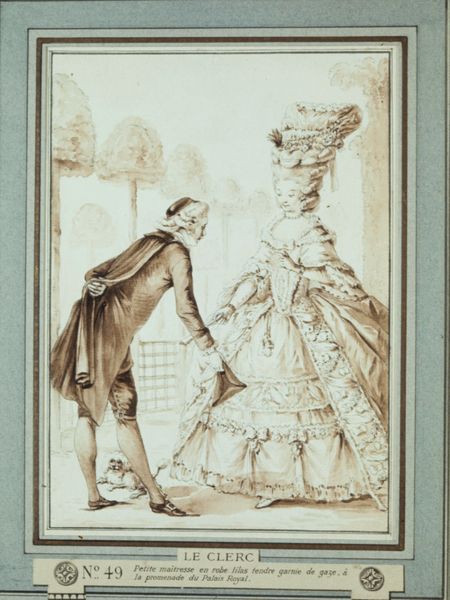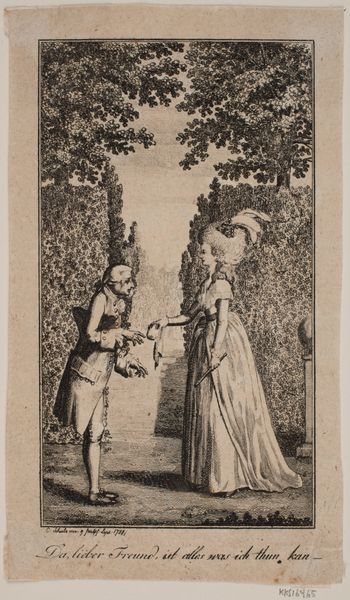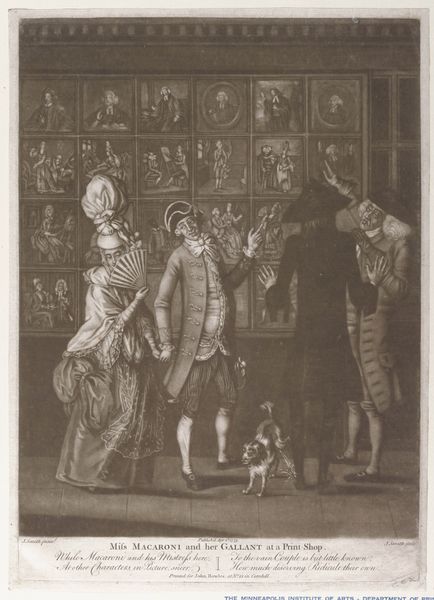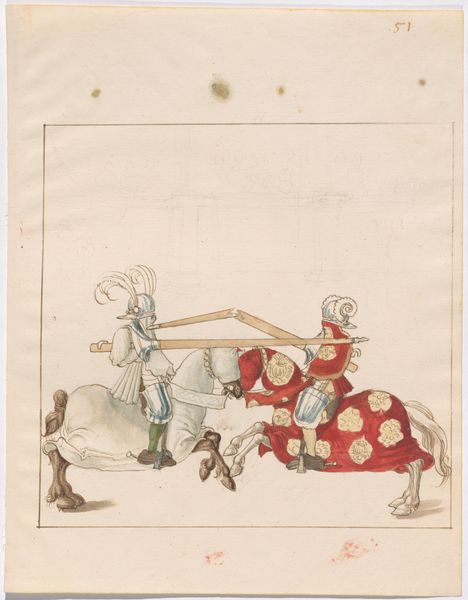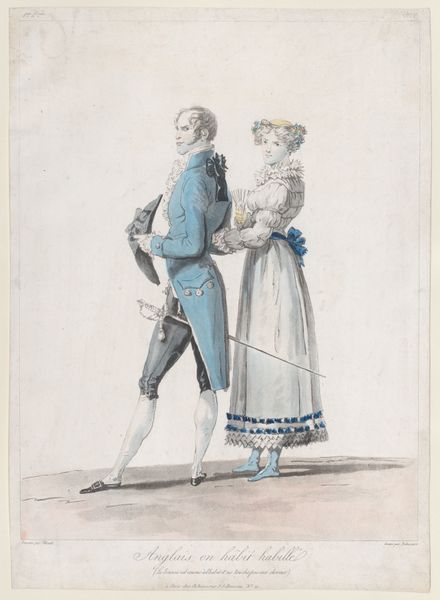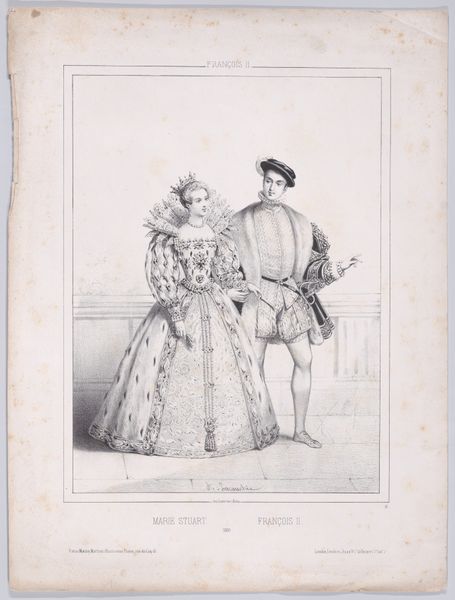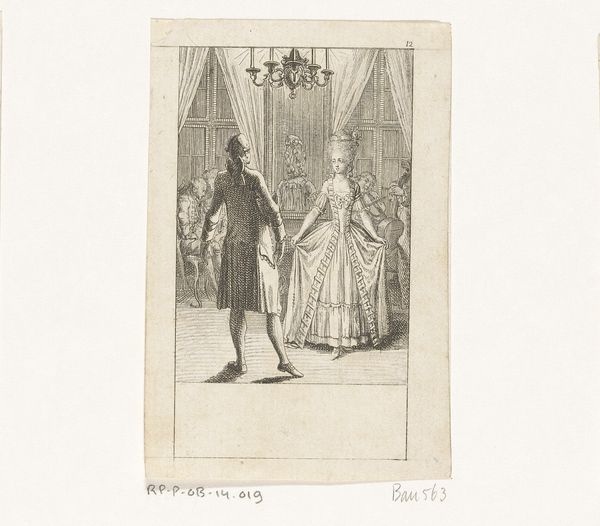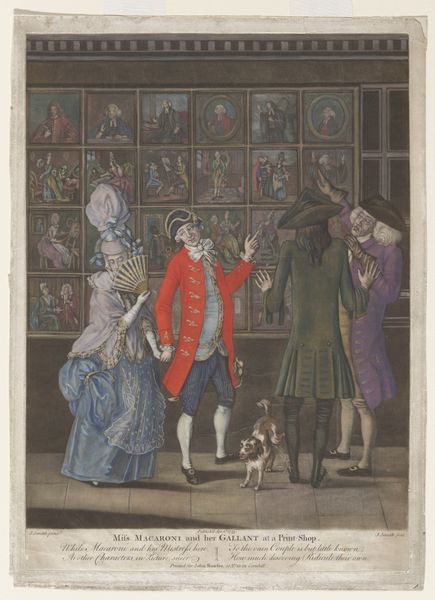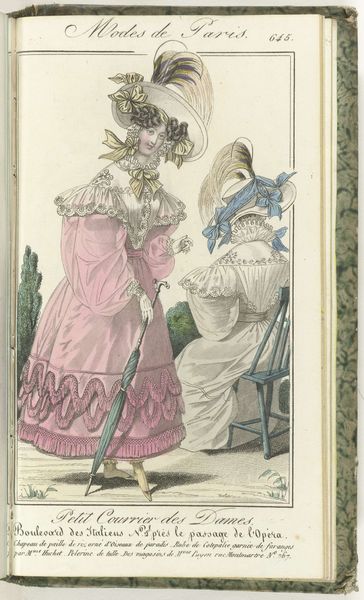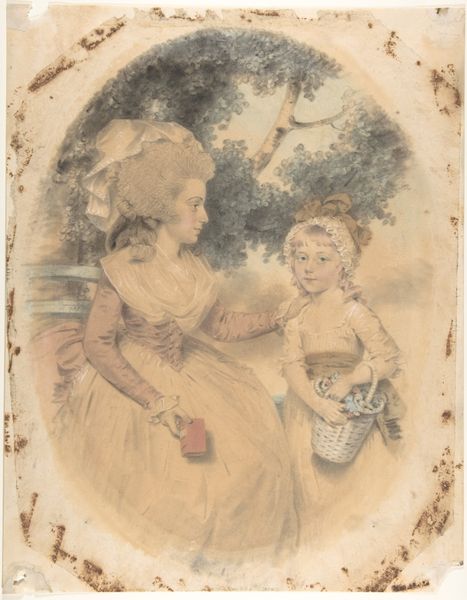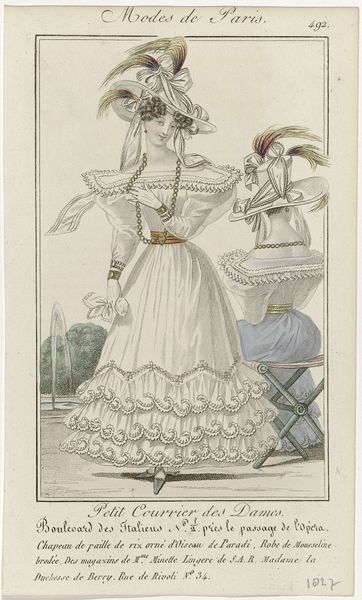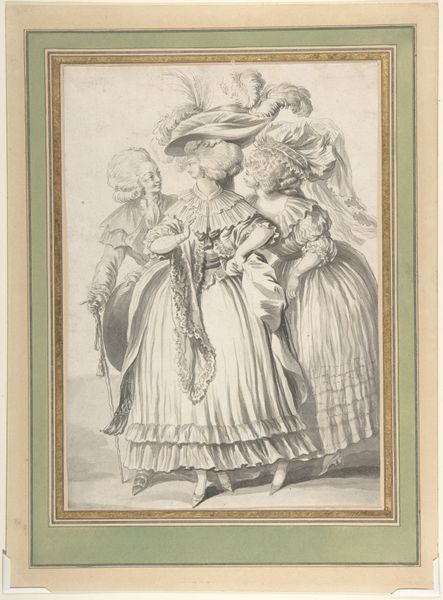
ceramic, porcelain, sculpture
#
portrait
#
ceramic
#
porcelain
#
figuration
#
sculpture
#
genre-painting
#
decorative-art
#
rococo
Dimensions: 6 7/16 × 5 in. (16.4 × 12.7 cm)
Copyright: Public Domain
This porcelain sculpture, "The Dancing Lesson," was made at the Höchst Manufactory around 1770. Porcelain figures like this were all the rage in Europe, offering miniature reflections of aristocratic life. But the real story here is in the making. The soft, flowing forms and delicate painting are only possible because of the incredible properties of the porcelain material itself. To make something like this, the modeler would have to be well-versed in the different stages of production. First, the figure is sculpted in clay, then a plaster mold is made. Liquid porcelain, or “slip,” is poured into the mold, allowed to set, and then fired at extremely high temperatures. It’s a risky process; the figures often crack or warp. The perfection on display here, though, shows not only the mastery of the maker, but also a whole system of production that depended on division of labor. This sculpture invites us to consider not just the dance, but also the hands that made it.
Comments
No comments
Be the first to comment and join the conversation on the ultimate creative platform.
